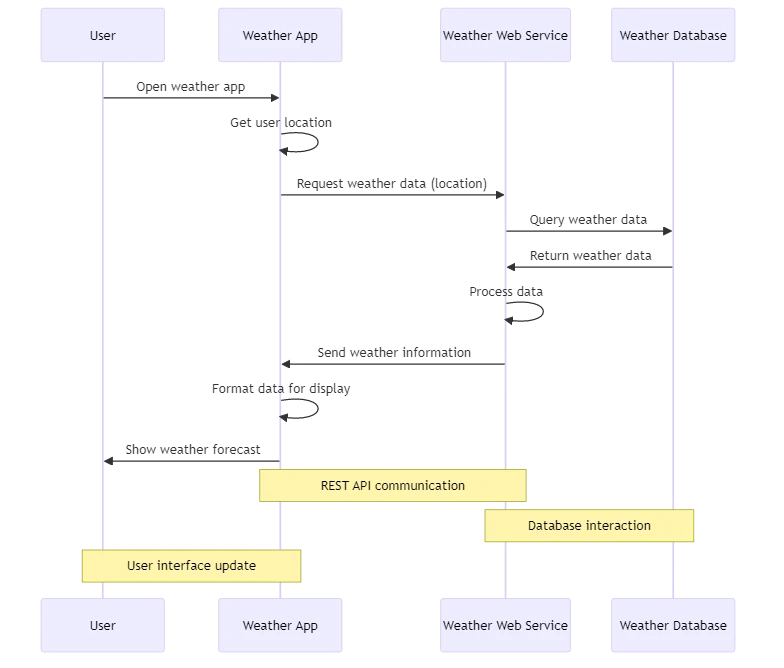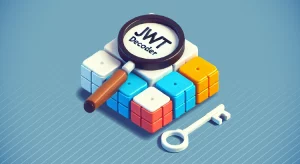
Web Services: A Complete Overview

Web services form the backbone of online communication between different software applications. But what exactly are they? A web service is a technology that allows different software programs to talk to each other over the internet.
A language that allows computers to communicate and collaborate, regardless of their location or programming language. This language facilitates information sharing and teamwork among computers. It enables computers to work together effectively, even if they are in separate locations or use different programming languages.
Web services are essential in creating connected systems that can exchange data and functionality seamlessly. They’re the building blocks of many modern applications and play a crucial role in system integration.
The Basics of Web Services
Web services use standard internet protocols to send and receive data. They are flexible and can work across various platforms and programming languages. This is helpful for businesses and developers who need to connect systems or share data between applications.
Types of Services
Two main types of web services exist:
REST
REST stands for Representational State Transfer. These services are simple and lightweight. They use basic HTTP methods like GET, POST, PUT, and DELETE to interact with data. REST is popular because it’s easy to understand and implement.
REST services are ideal for scenarios where you need quick, stateless operations. Developers widely use them in mobile applications and public APIs because of their simplicity and efficiency.
SOAP
SOAP, which stands for Simple Object Access Protocol, is another type of web service. It uses XML to format messages and typically relies on HTTP or SMTP for transmission. While more complex than REST, SOAP offers robust features for enterprise-level applications.
SOAP services excel in situations that require advanced security measures or complex transactions. Financial services and healthcare systems often use them where data integrity and security are paramount.
How Web Services Work
The services operate on a request-response model. Here’s a simple breakdown of how they function:
- A client application sends a request to the service.
- The service processes the request.
- The service sends back a response with the requested information.
This process happens quickly, often in just milliseconds.
Clients and services communicate using HTTP, the same protocol used for browsing. This makes them compatible with existing internet infrastructure and easy to implement across different platforms.
Benefits of Using Web Services
The services offer numerous advantages for businesses and developers:
Interoperability
Web services allow different software systems to work together seamlessly. This interoperability is crucial for integrating various applications within an organization or between different companies.
Reusability
Once a service creator creates a service, multiple applications can use it. This reusability saves time and resources in software development.
Scalability
Web services can handle many requests simultaneously, making them ideal for applications that need to scale up quickly.
Platform Independence
Web services work across different operating systems and programming languages. This flexibility allows you to use multiple technology stacks.
Real-World Examples of Web Services
Web services are all around us, powering many of the online experiences we take for granted. Here are some examples:
Weather Apps
Weather apps often use web services to fetch the latest meteorological data. When you check the forecast on your phone, a service is working behind the scenes to deliver that information.

E-commerce Platforms
Online shopping sites use web services to process payments, check inventory, and track shipments. These services work together to create a smooth shopping experience.
Social Media Integration
When you share a post from one social media platform to another, web services facilitate that cross-platform communication.
Creating a Web Service
Developing a web service involves several steps:
- Choose a programming language (like Java, Python, or C#).
- Decide on the type of service (REST or SOAP).
- Design the service interface.
- Implement the service logic.
- Test the service thoroughly.
- Deploy the service on a web server.
When creating a web service, it’s important to consider factors like performance, scalability, and security from the outset. Good documentation is also crucial, as it helps other developers understand how to use your service effectively.
Consuming Web Services
Applications that use web services are called consumers. To consume a service:
- Locate the service you want to use.
- Read the service documentation to understand its interface.
- Write code in your application to send requests to the service.
- Process the responses from the service in your application.
Many programming languages offer libraries or frameworks that simplify the process of consuming services. These tools assist developers in incorporating the services into their applications. They handle tasks like forming requests, parsing responses, and managing errors.
Security Considerations
Web services often handle sensitive data, so security is crucial. Common security measures include:
- Encryption to protect data in transit.
- Signing up to verify the identity of users and applications.
- Signing in to control access to specific resources.
Using good security is important to prevent things like data breaches, unauthorized access, and man-in-the-middle attacks. Regular security audits and updates are also important to maintain the integrity and safety of web services.
Standards and Protocols
Several standards and protocols are commonly used in the services:
Web Services Description Language
WSDL is an XML-based language used to describe the functionality offered by a web service. The text explains how to use the service and what is required. It also outlines what benefits the service provides in a machine-readable format.
UDDI (Universal Description, Discovery, and Integration)
UDDI is a platform-independent, XML-based registry for businesses worldwide to list themselves on the Internet. Its design allows software systems to automatically discover and integrate with the services.
XML-RPC (XML Remote Procedure Call)
XML-RPC is a simple protocol that uses XML to encode its calls and HTTP as a transport mechanism. It precedes SOAP and some legacy systems still use it.
The Future of Web Services
As technology evolves, so do web services. Emerging trends include:
- Microservices architecture, where applications are built as a collection of small, independent services.
- Serverless computing, which allows developers to build and run applications without managing servers.
- AI-powered services that can understand natural language and perform complex tasks.
In the future, web services may use machine learning and artificial intelligence to become smarter and more flexible. We may also see further developments in real-time services, enabling even faster and more responsive applications.
Conclusion
Web services are a fundamental part of the internet’s infrastructure. They help information move smoothly between software, from basic weather apps to advanced business systems. As technology continues to advance, such services will play an even more crucial role.
If you develop software or own a business, understanding these services is crucial for linking systems and boosting productivity. It helps you make the most of modern technology. By leveraging the power of web services, you can create more efficient, scalable, and interconnected software solutions.
As we progress, services connecting different systems and enabling new applications will become more important. Important to stay current on web service technologies and best practices in software development and digital business. This is crucial for anyone working in these fields.
